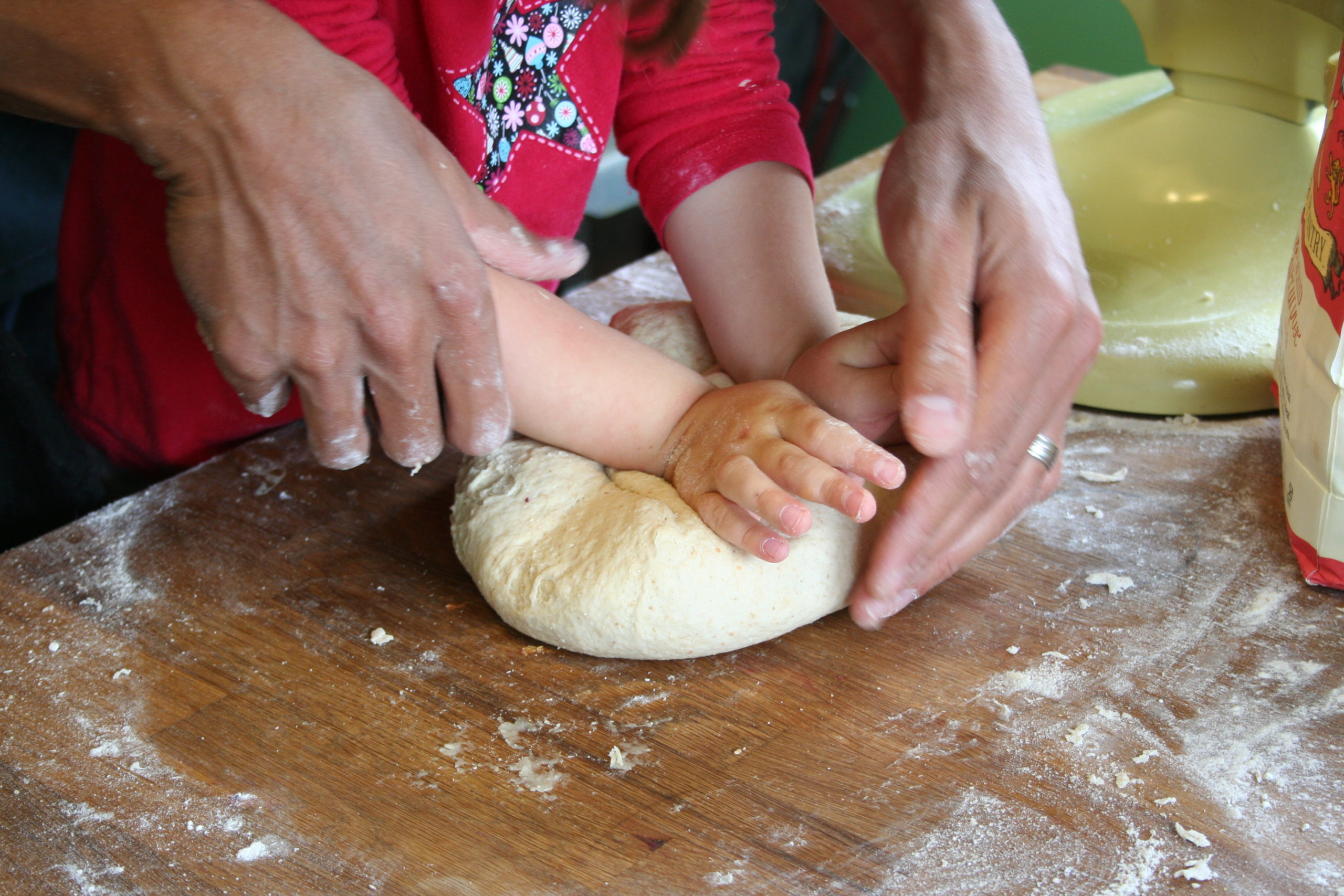“A child’s education is for the purpose of preparing them to become contributing members of society. Our education system opens doors for students to excel in math, science, languages, fine arts, and many other subjects of interest but there is a serious gap when it comes to giving students the knowledge needed to make positive choices for their health and well-being. With 1/3 of America’s children identified as obese or overweight and diet related diseases on the rise, it is critical that food education becomes part of K-12 curriculum nationwide. Teachers can play an important role in helping to shape children’s understanding of food and how it impacts their overall health and well-being while cooking and preparing fresh foods can also enhance an appreciation for trying a variety of foods.
The “Food Impacts Health” Standard gives students a baseline knowledge of how food interacts with both the body’s ability to sustain itself and keep it operating properly. Within this standard, students are educated as to how to make healthy choices and empowers them to use information available to differentiate between foods that are nutrient dense for the intake of calories and those that are nutrient deficient and calorie dense. These types of skills will enable students to make better food choices throughout their lives, impacting health outcomes and longevity.”
– Kathryn Wilson, PhD SNS
Expectations
Students who demonstrate understanding can: use food labels to communicate the relationship between nutrition and health.
Grade-Specific Competencies
- Identify and interpret food labels.
- Identify whole vs. processed foods, seasonality of foods and ways people eat.
- Divide a plate into portion sizes.
- Articulate that calories equal energy.
Real World and Community Experiences
- Visit from medical personnel to discuss food related illnesses.
- Nutritionist speaks to students about types of food, portion sizes
Grade-Specific Competencies
- Demonstrate how to use nutrition facts label or food label to choose a nutrient-dense food.
- Understand portion control and how it affects the nutrition facts labels.
- Evaluate food choices and their relationship to short and long-term health.
Real World and Community Experiences
- Visit from a Nutritionist or PCP to share information about food and health
- Ask a local professional athlete to visit and share ways they stay healthy using foods.
Grade-Specific Competencies
- Distinguish the impact of different food groups both physically and emotionally.
- Identify the importance of consuming a variety of foods and the impact missing major nutrients has on overall health.
- Create a nutrient-dense meal that impacts your physical or emotional health.
Real World and Community Experiences
- Visit from a Nutritionist or PCP to share information about food and health
- Ask a local Pro-Athlete to visit and share ways they stay healthy using foods.
Grade-Specific Competencies
- Analyze food labels and understand how to evaluate the healthfulness of packaged foods.
- Evaluate different kinds of and appropriate amounts of calories and nutrients.
- Analyze different diets and their effects on physical and emotional health.
- Consider the costs and benefits of processed foods.
- Analyze how society impacts what we eat and how our health is affected by what we eat.
Real World and Community Experiences
- Travel to a food laboratory to learn how calories and nutrients are measured.
- Try vegetarianism or another food lifestyle choice for a week and keep a food journal, recording daily choices and how those choices impact their physical and emotional health.
- Meet with representatives of the food service company that provides school lunch and interview them about why they set the menus as they do.

